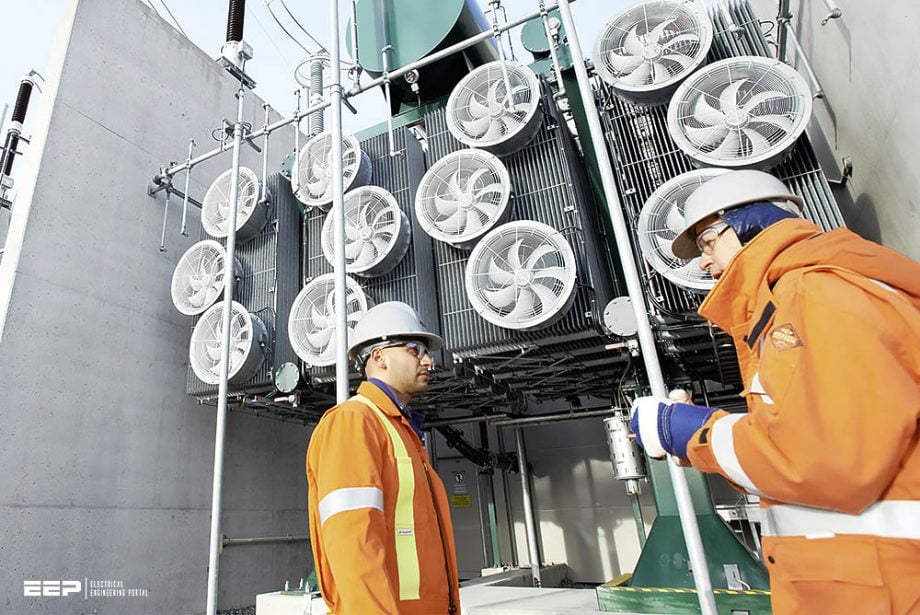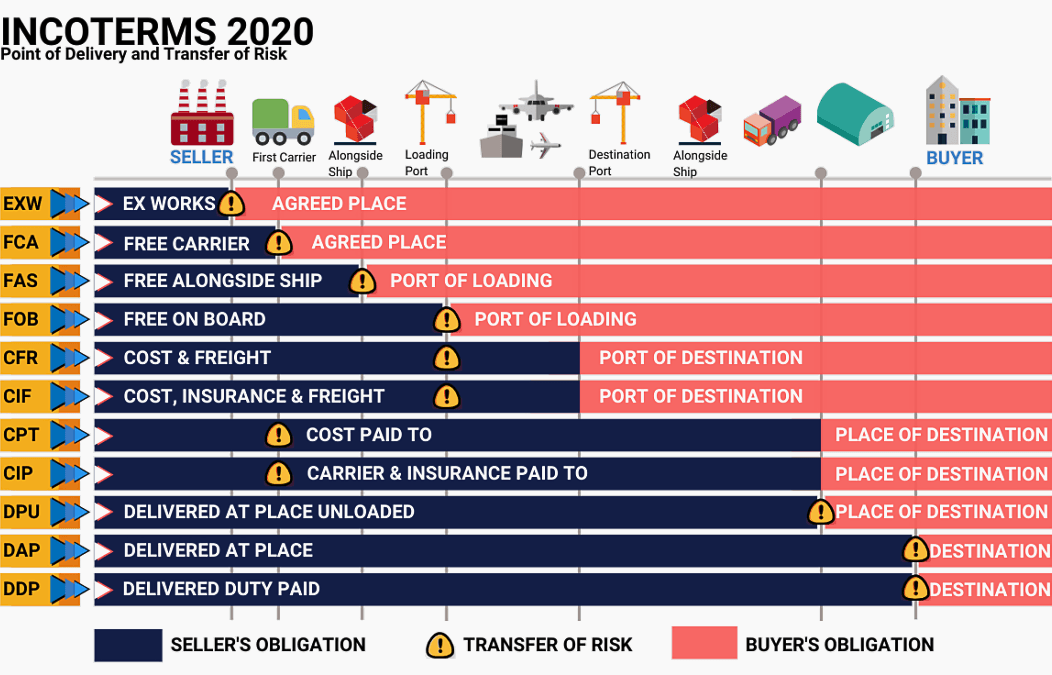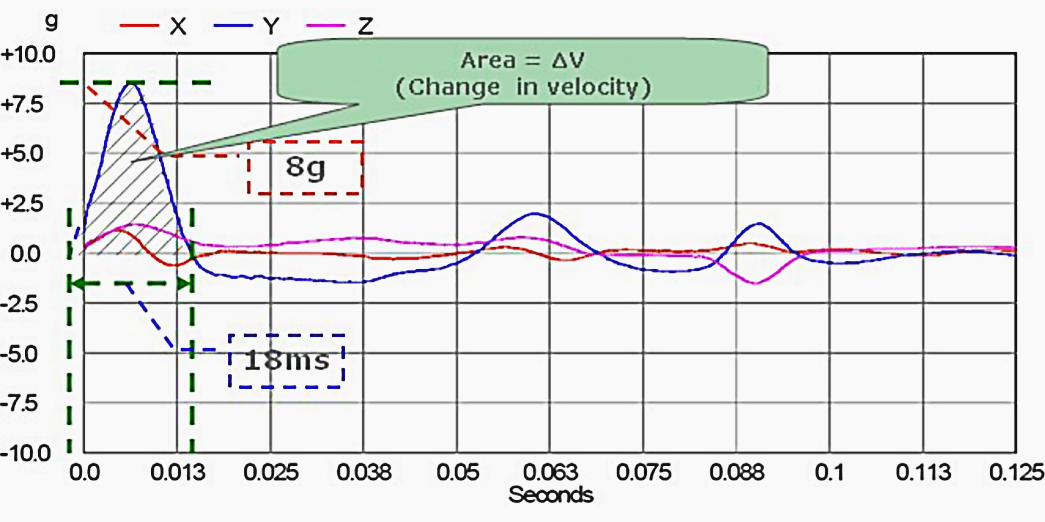Installation and commissioning
Purchasing a power transformer for a project is always challenging for every electrical engineer dealing with the procurement. You could omit dozens of possible details from the final specification and get crucified by the company management if you accidentally forget something. And it’s not over, there is more.

After ordering stress, the real challenges are coming – transformer transportation, installation, and commissioning on the site. So, a lot of hard-working hours will pass before you go peacefully to bed.
This technical article describes general experience, recommendations and minimum requirements both from the point of purchaser and transformer manufacturer. However, these may be overruled or supplemented by local regulations and the suppliers or purchasers specific instructions.
I like to say, the heavier the transformer, the more stress you’ll have!
- General recommendations
- Transformer installation
- Power- and large distribution transformers
- Distribution transformers
- Transformer commisioning
1. General recommendations
1.1 Responsibilities (who is doing what)
For large power transformers, the installation and commissioning are normally performed by manufacturer. Distribution transformers are normally installed and commissioned by the buyer. In some cases the installation and commissioning is e.g. performed by the customer and supervised by manufacturer.
Responsibilities are defined in the purchase contract with reference to General conditions, e.g. ORGALIME. Limitation of responsibilities should be defined, e.g. when recommended protection is not installed.
1.2. Incoterms (Transfer of responsibility)
Incoterms defined by International Chamber of Commerce (ICC) make international trade easier and help traders in different countries to understand one another. Incoterms are standard definitions of trade terms and are internationally recognized as indispensable evidence of the buyer’s and seller’s responsibilities under a sales contract.
Incoterms will not apply unless specifically incorporated into the contract.
Those standard trade definitions that are most commonly used in international contracts can be viewed in the wall chart below.


2. Transformer installation
2.1 Power- and large distribution transformers
Installation and commissioning should preferably be performed by the supplier or in close cooperation with the supplier. The contract describes what to be performed by the parties.
After the Factory Acceptance Test (FAT), the transformer is disassembled and made ready for shipping. Depending on the size and voltage class of the transformer more or less of the equipment on the transformer is dismantled prior to transport.
During transport the transformer is filled with dry air with a certain overpressure in order to avoid moisture absorption in the insulation. Before leaving the factory a tightness test is performed. Smaller transformers like large distribution transformer might be shipped with oil.
The weight limit for when the transformer is transported with or without oil depends on several factors like the transport facilities (trucks, boat, cranes), weight limits on roads, bridges etc.
Special transport for 20+ ton transformer
For transformers with a transport weight above 20 ton, which usually is the case for power- and large distribution transformers, special transport is required. This means, transport is performed by experts in handling heavy goods. During transport, the transformer should be equipped with an impact recorder. This is to record if anything should happen to the transformer during transport and during handling at site.
Some recorders register impacts (G-forces in x, y and z-direction) and exactly when the impacts occur. This is essential in the event the transformer has been exposed to abnormal impacts and to determine which party has the transport responsibility at the time of the impact.
The recorder must not be dismantled and the recording finally read before the transformer is at its final destination. If specified, this must be performed in the presence of the parties responsible for the various sections of the transport.


As it can be seen in the graph above:
- Amplitude (a) = 8g
- Duration (t) = 18ms or .018s
- Frequency (1/2t) = 1/ (2 * 0.018) = 28 Hz
- Shock of: 8g@18ms or 8g@28Hz
The transformer should be insured during the transportation either by the supplier or the purchaser, depending on the terms of delivery. Terms of delivery am included in the contract between the supplier and the purchaser. E.g., if the terms are EXW, the purchaser takes over the responsibility (risk) for the transformer when it is leaving the suppliers premises.
If this is the condition, it is up to the purchaser whether or not the transformer should be equipped with an impact recorder.
When manufacturer supplies new power- and large distribution transformers, the preferred terms of delivery normally are DDP or DDU. In this case the supplier is responsible for the transformer until the arrival at the agreed destination. The transformer should then be equipped with impact recorder.










